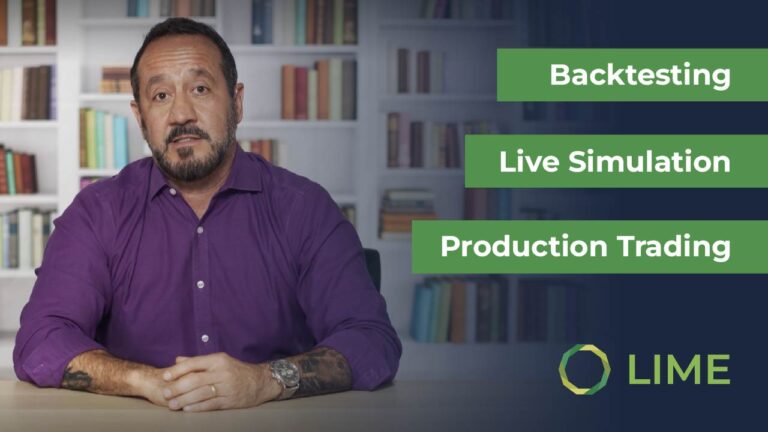
The U.S. stock market is one of the few remaining markets that does not trade on a 24-hour basis.
Futures markets trade 23 to 24 hours a day, five and a half days a week depending on the product; cryptocurrency markets trade 24 hours a day, 7 days a week. However, equity markets still have a traditional opening time and closing time.
Having periods of time when the markets are shuttered may provide an advantage to investors and traders, as these quiet hours may act as natural circuit breakers for highly volatile price moves. These smaller trading windows may also be a negative. However, because of this, exchanges have come under pressure in the last 20 years to offer more availability to the marketplace.
They have done just that.
Officially, the U.S. stock market opens at 9:30 am Eastern Time and closes at 4:00 pm Eastern Time, Monday through Friday. This block of time is known as regular trading hours (RTH), but in practice, the markets can trade from 4:00 am Eastern Time to 8:00 pm Eastern Time.
The additional outside-normal trading hours are known as the pre-market and post-market trading hours, respectively. Some traders consider trading algorithmic or other strategies during these outside hours, depending on how liquidity, arbitrage opportunities, and other factors affect their plan.
Participation
During earnings season, companies release their earnings data either before the open of RTH or after the close of RTH. Because of this, significant moves in stocks often happen in the pre-market and post-market sessions. For instance, Netflix (NASDAQ: NFLX) fell over 20% after their earnings release in January 2022, and most of it happened outside of RTH.
While exciting movement might happen outside of RTH, not all traders can take advantage of the after-hour trading. Some brokers’ systems limit the times their clients are allowed to trade.
If you’re considering trading outside of RTH, ask your broker if they support trading beyond normal market hours. For example, Lime’s clients have access to U.S. equity markets from 4:00 am to 8:00 pm.
Liquidity
U.S. equity markets are deep, but pre-and post-market sessions can have a much lower liquidity profile than RTH. Low liquidity can exacerbate price moves in a stock, especially at the pre-market open at 4:00 am. If your strategy favors exaggerated movements, participating in an outside trading hour session can be beneficial.
Since liquidity is a concern, speed of execution may be critical. If you are not working with a low latency brokerage firm, entire blocks of pricing could pass you by. Nothing feels worse than seeing your price trade and not getting a fill from your platform.
Order Types
There is only one order type that is accepted in pre-market and post-market sessions: limit orders.
Many traders and trading firms take advantage of outside hours to take positions and take-profits on existing positions at extreme price levels. This may be effective if you are using a brokerage firm that specializes in speed and depth of market access.
Working with a brokerage firm that allows you access to liquidity outside of normal hours may help you get the fill at the price level you want before other traders.
Arbitrage Opportunities
In addition to the opportunities presented by exacerbated price moves, there could also be arbitrage opportunities for dual-listed stocks. The stocks of many companies are listed both in European/Asian markets and the U.S., such as Chinese tech giants Alibaba Group Holding Limited (BABA) and JD.com, Inc. (JD), or Finland’s Nokia Corporation (NOK).
Because of the difference in time zones, some of these stocks may be trading in highly liquid markets in their home countries, while trading in low liquidity conditions in the U.S. during the pre-market or post-market.
Arbitrage algorithms can buy an undervalued security and nearly simultaneously sell the same security at another location where it is overvalued, locking in a small profit. This high frequency trading strategy depends on ultra-low latency.
However, managing colocation centers for low latency can be costly. Before committing to arbitrage trading strategies, you should research the costs from your brokerage firm and consider which fees you’re willing to pay for high frequency trading.
Outside trading hours may offer advantages, but only if your brokerage firm provides you with a fast, reliable low latency connection directly to markets. Without a solid connection spread across liquidity providers, the disadvantages will likely outweigh the advantages in the long run.



